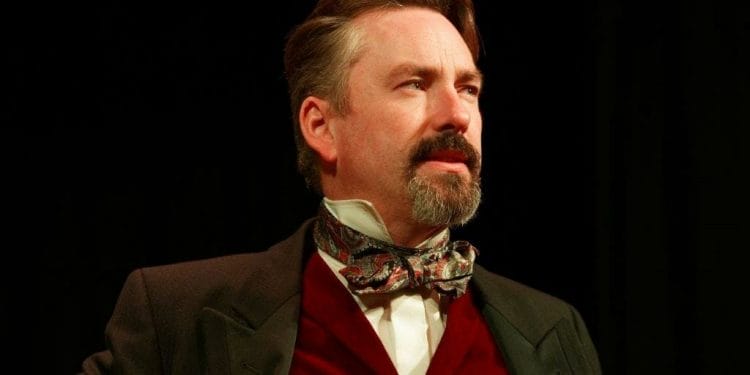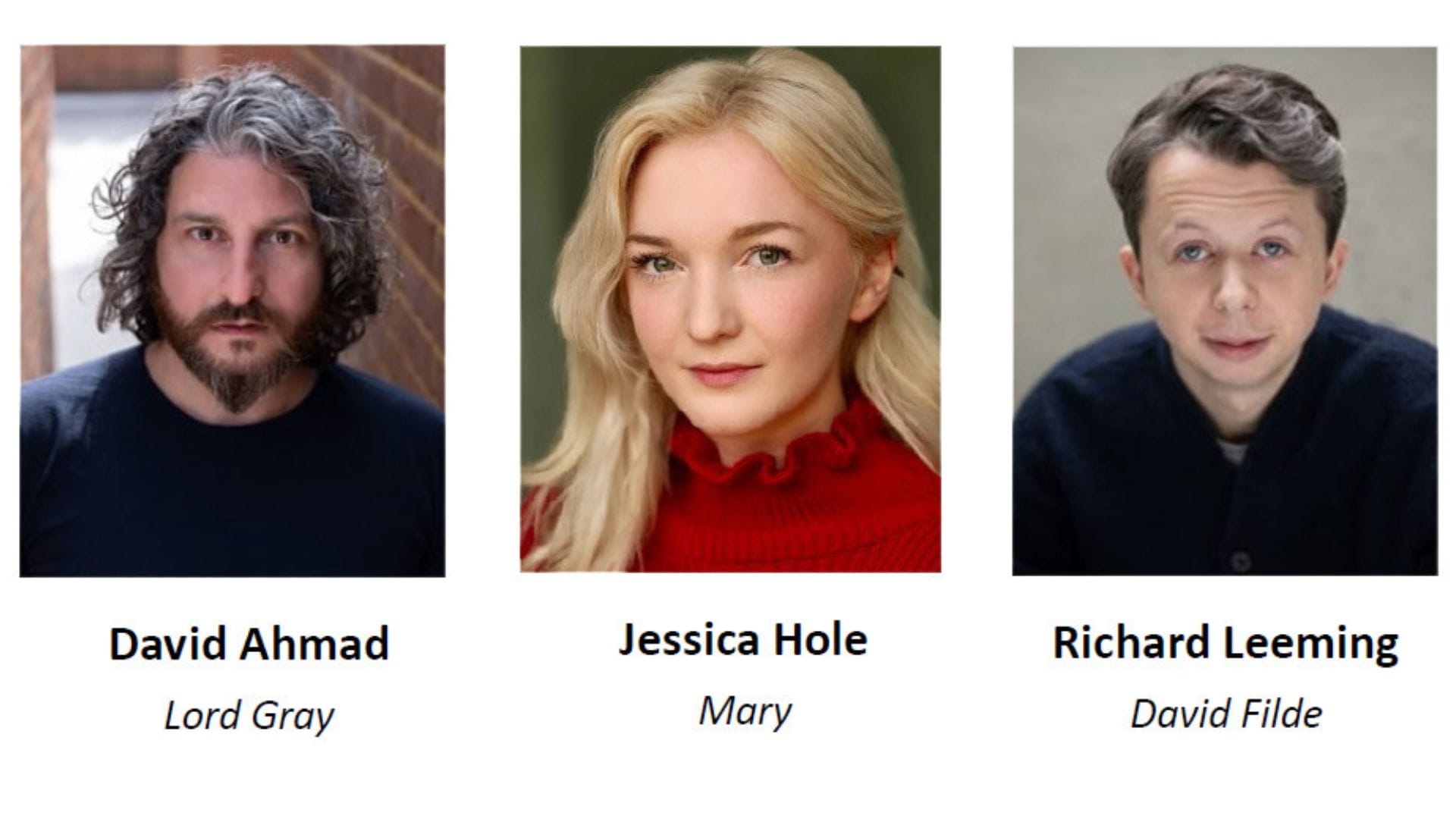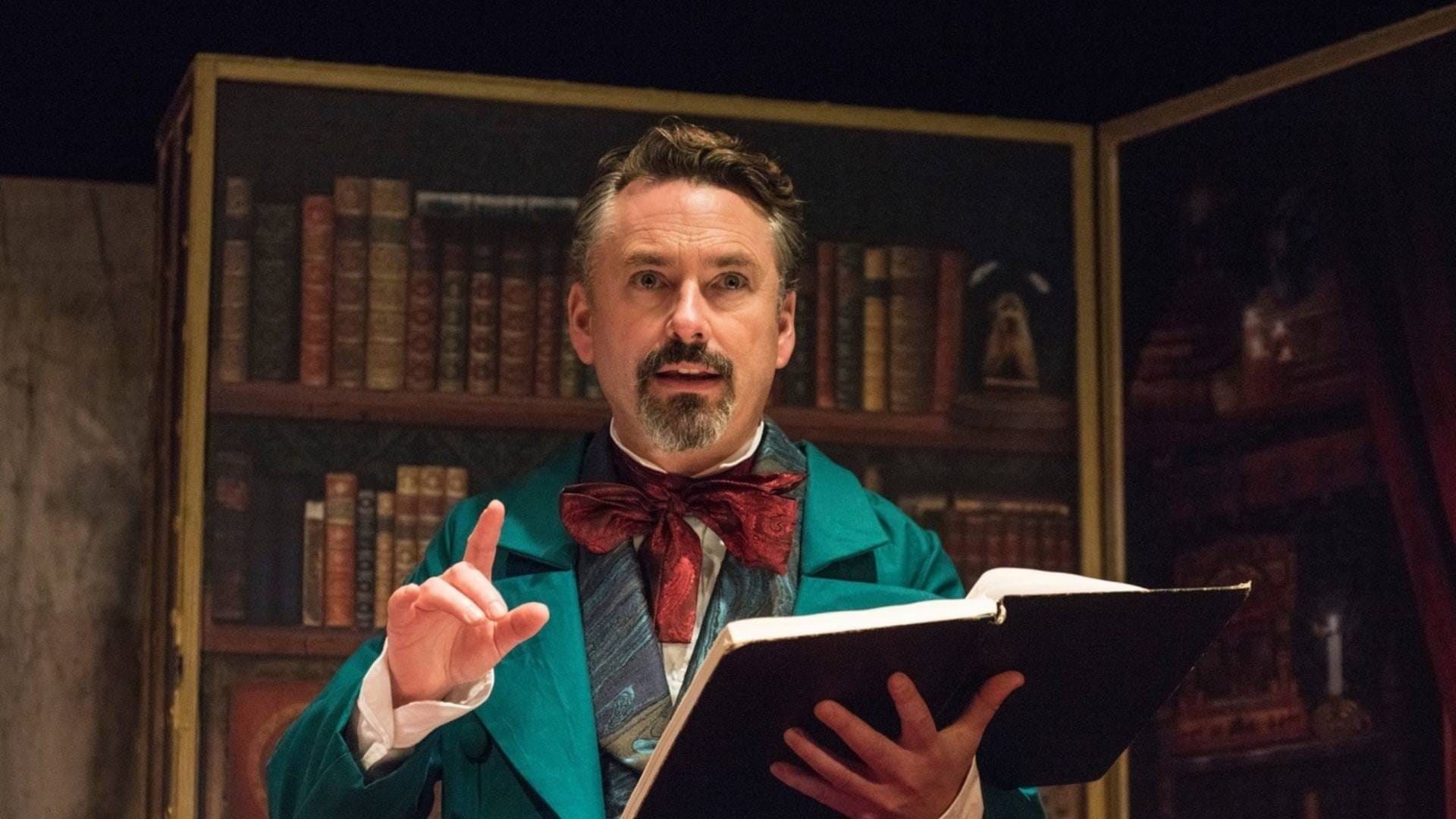John O’Connor stars in the UK Tour of A Christmas Carol which sees the European Arts Company return following a highly successful 2018 run. Inspired by Dickens’s own charitable work, the 2019 tour is in aid of Great Ormond Street Hospital, reflecting the heart-warming message of Scrooge’s philanthropic transformation in this perfect Christmas story.
Audiences will be thrilled to experience A Christmas Carol as Dickens himself performed it over 150 years ago. He was the first writer to publicly act out his own work and, in doing so, invented a new genre of performance. Working with the script Dickens used, actor John O’Connor plays over 20 characters, skilfully drawing the audience into this Victorian ghost story about the power of compassion and generosity to transform lives.
A Christmas Carol tours from 27th November to 23rd December 2019. Full tour details can be found here.
You’re performing in A Christmas Carol, what can you tell us about this production of a classic?
It’s based on Dickens’s own public performances of the story in the 1850s and 60s. He toured all over Britain and America performing to three thousand people a night and was an absolute sensation. He had nearly become a professional actor at the age of 20 and never stopped hankering after the footlights. By all contemporary accounts, he was an astonishing performer. Far from ‘reading’ the stories, he learned them, rehearsed them meticulously and turned them into an acting tour-de-force. So successful was he, that he made more money from his public readings than from all his books and novels put together!
The starting point for this show was ‘what must it have been like to be in the audience?’ There have been many one-man versions of A Christmas Carol over the years but the first and greatest was by Dickens himself.
We have tried our best to recreate Dickens’s style of dress, the set he toured, the gestures he favoured and even the script that he used. However, there is one point at which I have drawn the line – preparation. This is how Dickens prepared for a performance: two tablespoons of rum mixed with cream for breakfast, a pint of champagne for tea and, half an hour before he went on stage, a glass of sherry with a raw egg beaten into it!
How does it feel knowing you are using the same script Dickens used?
It certainly helps to feel a connection with the great man and it’s a fascinating insight into how he developed the performance over several years. When he first gave a public reading at Birmingham Town Hall in 1853, it was just that – a straight reading of the whole book which took 3 hours! Over the next 17 years, he cut and shaped it into a performance piece that ran to about 90 mins. It feels a lot more immediate and like an intimate conversation with the audience who are taken on this incredible journey.
What’s the biggest challenge in performing solo in such a well-known show?
People love A Christmas Carol so much and know it so well that you have to deliver it with total commitment, scrupulous attention to detail and real passion. Only then do you get the responses back from the audience (laughter, tears, horror, compassion) that let you ride the wave of their energy. There is no hiding place in a one-person show so when things go wrong (as they occasionally do) it’s about how you recover and bring people with you. Sometimes the architecture of a particular room can make the audience seem distant and quiet so it’s important to remember that every venue is unique and to trust that you are really connecting with people across the footlights.
How does this version of A Christmas Carol stay relevant in today’s world?
A Christmas Carol came out of Dickens’s rage at an 1843 report into the horrific effects of the Industrial Revolution upon working class children. His own childhood experiences of poverty (when his father was arrested for debt and twelve year old Charles was sent to work in a factory) marked him deeply. His public readings were a way of passionately communicating this sense of social justice to a mass audience.
Does that still come across to audiences in 2019? Sadly yes. We tend to think of child poverty as being a 19th century problem but the Social Metrics Commission estimates that there are 4 million children in the UK living in poverty today. After nine years of austerity, A Christmas Carol’s themes of greed and want, compassion and forgiveness, welfare and social responsibility feel as horribly real as they did in 1843.
What are you looking forward to most about touring?
Some of Dickens’s early readings of A Christmas Carol were in aid of Great Ormond Street Children’s Hospital which he helped to set up. For that reason, we have partnered with GOSH to raise money for their brilliant work in the spirit of the original story. After seeing the play and hopefully leaving the theatre with a real feeling of Christmas spirit, it’s great that there’s somewhere positive for that goodwill to go. Volunteers from GOSH will be collecting at many of the performances and I’m hopeful that we can raise a significant amount of money to help sick children and their families. I’m also looking forward to visiting many of the places Dickens performed or wrote about such as Margate, Greenwich, Cambridge, Brighton, Hereford and York.
What would you say to anyone thinking of coming to see A Christmas Carol?
I would say exactly what Dickens used to say to his audiences before a performance:
‘If you feel disposed to give expression to any emotion whether grave or gay, you will do so with perfect freedom from restraint and without the least apprehension of disturbing me’.
In other words, there’s no need to be as reserved as a Victorian! Feel free to laugh, cry, gasp and wonder, in the spirit of Christmas past, present and future.

















